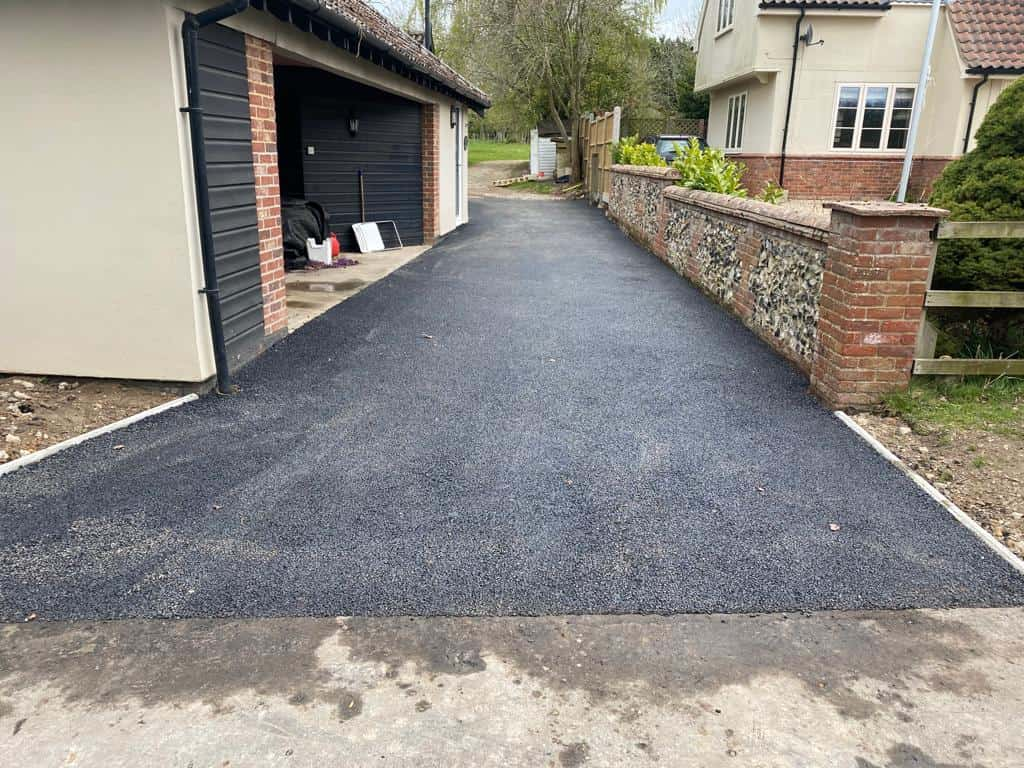Bridging the Gap: Addressing Equity and Access in Tarmac Farm Road Development
Introduction: In the agricultural landscape, developing infrastructure such as tarmac farm roads is vital for promoting efficiency, productivity, and sustainability. However, the equitable distribution of these resources is crucial to ensure that all farmers, regardless of location or socioeconomic status, have access to the benefits they provide. In Norwich and beyond, addressing equity and access issues in tarmac farm road development is essential for fostering inclusive and resilient agricultural communities.
Understanding Equity and Access:
Equity refers to fairness and impartiality in distributing resources, opportunities, and benefits, ensuring everyone has access to the same advantages. Access, on the other hand, refers to the ability of individuals or communities to utilise and benefit from these resources without barriers or discrimination.
Challenges in Tarmac Farm Road Development:
- Geographical Disparities: Rural areas and remote farming communities often face challenges accessing infrastructure development resources, including tarmac farm roads. Limited funding, logistical constraints, and prioritisation of urban projects can exacerbate disparities in road development between urban and rural areas.
- Financial Barriers: The high cost of constructing tarmac farm roads can be prohibitive for small-scale farmers or those with limited financial resources. Access to financing, grants, or government subsidies may be limited, making it difficult for farmers to invest in essential infrastructure.
- Social and Cultural Factors: Socioeconomic disparities, cultural barriers, and historical inequities can impact access to infrastructure development initiatives. Marginalised communities, including minority farmers or indigenous groups, may face additional challenges in advocating for their needs and priorities in road development projects.
Strategies for Addressing Equity and Access:
- Community Engagement and Participation: Foster meaningful engagement with local communities, farmers, and stakeholders throughout the planning, design, and implementation phases of tarmac farm road projects. Incorporate community input, prioritise local needs, and ensure transparency and accountability in decision-making processes.
- Targeted Funding and Support: Allocate resources for tarmac farm road development in underserved rural areas. Prioritise projects addressing socioeconomic disparities, promoting environmental sustainability and benefiting marginalised or disadvantaged communities.
- Public-Private Partnerships: Collaborate with government agencies, private sector partners, and community organisations to leverage resources, expertise, and technology in tarmac farm road development initiatives. Public-private partnerships can help bridge funding gaps, accelerate project timelines, and ensure the equitable distribution of benefits.
- Capacity Building and Training: Provide training, technical assistance, and capacity-building support to local communities and farmers to enable active participation in road development projects. Empower farmers with the skills and knowledge needed to advocate for their interests, engage with decision-makers, and contribute to the planning and management of infrastructure initiatives.
- Policy and Regulatory Reform: Advocate for policies and regulations prioritising equity, access, and social inclusion in infrastructure development planning and decision-making. Implement measures to address systemic barriers, promote diversity and inclusion, and ensure that road development projects benefit all members of society.
Conclusion: Tarmac farm roads are essential infrastructure assets contributing to the efficiency, productivity, and sustainability of agricultural communities in Norwich and beyond. However, addressing equity and access issues in road development is critical to ensuring that all farmers have equal opportunities to benefit from these resources. By engaging communities, targeting funding, fostering partnerships, building capacity, and advocating for policy reform, stakeholders can work together to create a more equitable and inclusive environment where all farmers can thrive. Through collective action and a commitment to social justice, we can bridge the gap and pave the way for a more equitable future in tarmac farm road development.
Call us on: 01603 361 697
Click here to find out more about Norwich Driveway Contractors
Click here to complete our contact form and see how we can help with your driveway needs.

